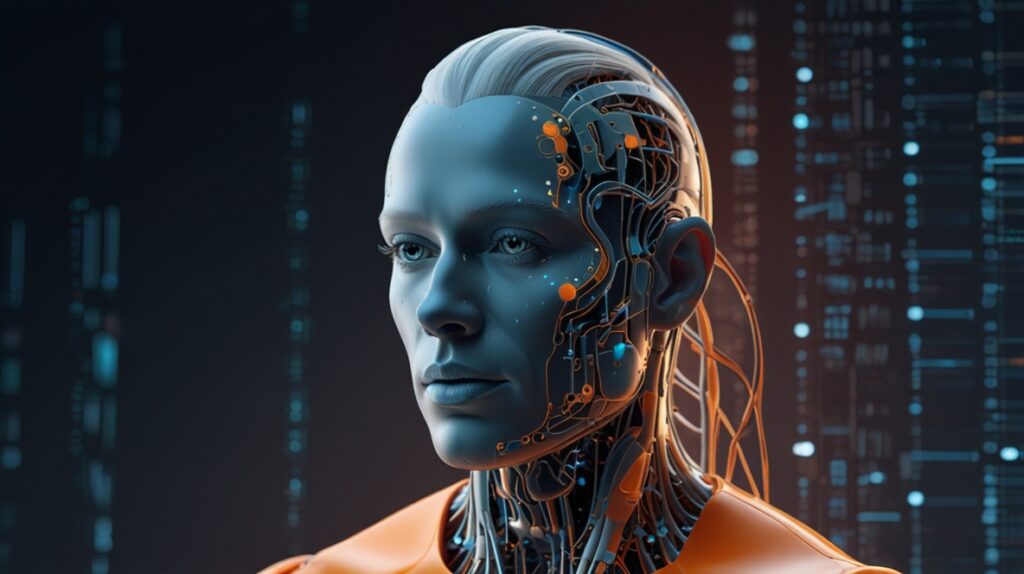How AI Chatbots Are Transforming Therapy and Emotional Support

In the evolving intersection of technology and mental health, AI chatbots are emerging as both lifelines and lightning rods. Once novelties, these digital companions now deliver 24/7 emotional support, bridge gaps in care, and democratise access to therapy. Yet their growing ubiquity raises pressing questions around safety, empathy, and efficacy.
Scope of Transformation
On-Demand Accessibility, Anywhere, Anytime
AI chatbots like Woebot and Wysa have shattered traditional barriers—offering immediate support regardless of location or time. For individuals without access to professionals due to remote location, stigma, or cost, chatbots offer a discreet, ever-present alternative mentalhealthmag.comAmerican Council on Science and Healththerapist-now.com.
Privacy and Anonymity
Users often hesitate to share mental health challenges in person. Chatbots mitigate this by providing anonymity, encouraging open and honest dialogue without fear of judgment American Council on Science and HealthDaffodil Software.
Cost-Effective Scalability
Therapist sessions can cost upwards of £100–£250, not including logistical hurdles like travel or scheduling. Chatbots deliver similar therapeutic techniques—like Cognitive Behavioral Therapy (CBT)—at a fraction of the cost, and can serve thousands concurrently American Council on Science and HealthMedResponsiveDaffodil Software.
Emotional Resonance & Loneliness Relief
Recent psychological studies highlight that well-designed AI companions can significantly reduce loneliness—sometimes rivaling interactions with other humans. Users often report feeling understood and emotionally validated during sustained engagement arXivWikipedia. In one NHS case, a user found solace in Wysa during a late-night crisis when human therapy support was unreachable BBC.
Early Detection & Crisis Response
AI chatbots monitor ongoing language patterns, mood indicators, and emotional cues—sometimes flagging early signs of burnout or depressive symptoms and suggesting appropriate next steps. In crisis scenarios, some bots can route users to human help or emergency resources rapidly mentalhealthmag.comitnexa.com.
Stepping Stone, Not a Substitute
While AI brings convenience, empathy and nuance—hallmarks of human therapy—remain irreplaceable. For complex or high-risk issues, human professionals are essential. Evidence-based comparisons show chatbots help with mild to moderate symptoms, but fall short in replicating the therapist-patient bond that drives outcomes.

Caution and Controversy
Emotional Overdependence and Safety Risks
Experts warn of growing emotional reliance on chatbots, especially among vulnerable populations. Misuse may exacerbate delusions, self-diagnosis, or anxiety. A BACP survey found two-thirds of UK practitioners concerned about the unregulated influence of therapy bots The Guardian.
Inconsistent Handling of Crisis Topics
Studies have revealed inconsistent responses from major models—like ChatGPT, Gemini, Claude—to suicidal ideation, underlining the technology’s limitations and the need for robust safeguards.
Regulatory Scrutiny and Evolving Protections
Following tragic events tied to AI therapy misuse, OpenAI and Meta have introduced new safety mechanisms—such as parental controls, escalation protocols, and curated emotional models—to better address teen distress. The U.S. FTC is now investigating the mental health impact of chatbots on children, signaling that regulation is imminent Reuters.
Summary Table
| Benefit | What Chatbots Deliver |
|---|---|
| Accessibility & Affordability | Unlimited, low-cost access to emotional support tools |
| Anonymity & Emotional Privacy | Safe space for candid conversation |
| Loneliness Reduction & Validation | Feeling understood through consistent empathetic responses |
| Early Detection & Crisis Intervention | Proactive identification of risk and referral pathways |
| Scalability & Interim Support | Helps fill service gaps during long waitlists |
Conclusion
AI chatbots are redefining mental health access—democratizing support that was once limited by geography, cost, and stigma. For many, they form a crucial emotional scaffold. Yet even as these bots evolve, the human therapist remains the gold standard for emotional depth, clinical nuance, and ethical care.
For now, AI therapy works best as a complement: an always-on companion that can empower individuals to seek professional help, not replace it entirely. The future hinges on balancing innovation with responsibility—keeping empathy, accuracy, and user safety front and center.
NOTE: This content (including all text, graphics, videos, and other elements on this website) is protected by copyright and related rights laws. Material from Conyro.io may be copied or shared only with proper attribution and a direct link to the original source. Thank you for following Conyro.io.






